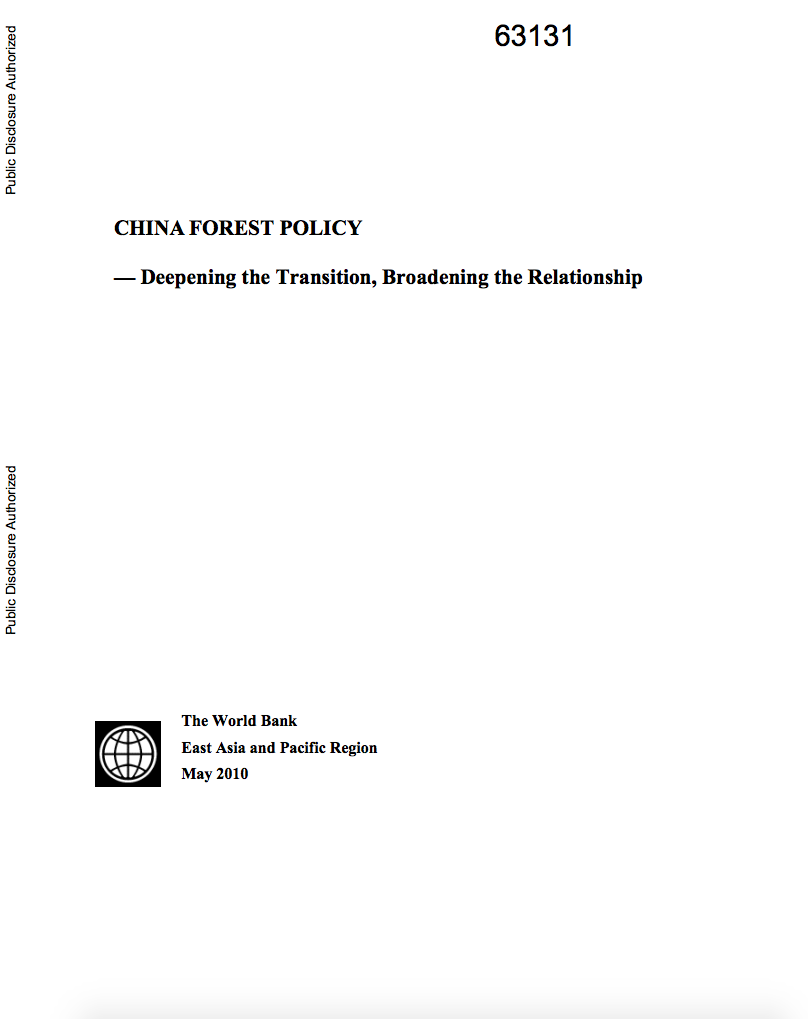Trade Costs, Export Development and Poverty in Rwanda
For Rwanda, one of the poorest countries in the world, trade offers the most effective route for substantial poverty reduction. But the poor in Rwanda, most of whom are subsistence farmers in rural areas, are currently disconnected from markets and commercial activities by extremely high transport costs and by severe constraints on their ability to shift out of subsistence farming. The constraints include lack of access to credit and lack of access to information on the skills and techniques required to produce commercial crops.


